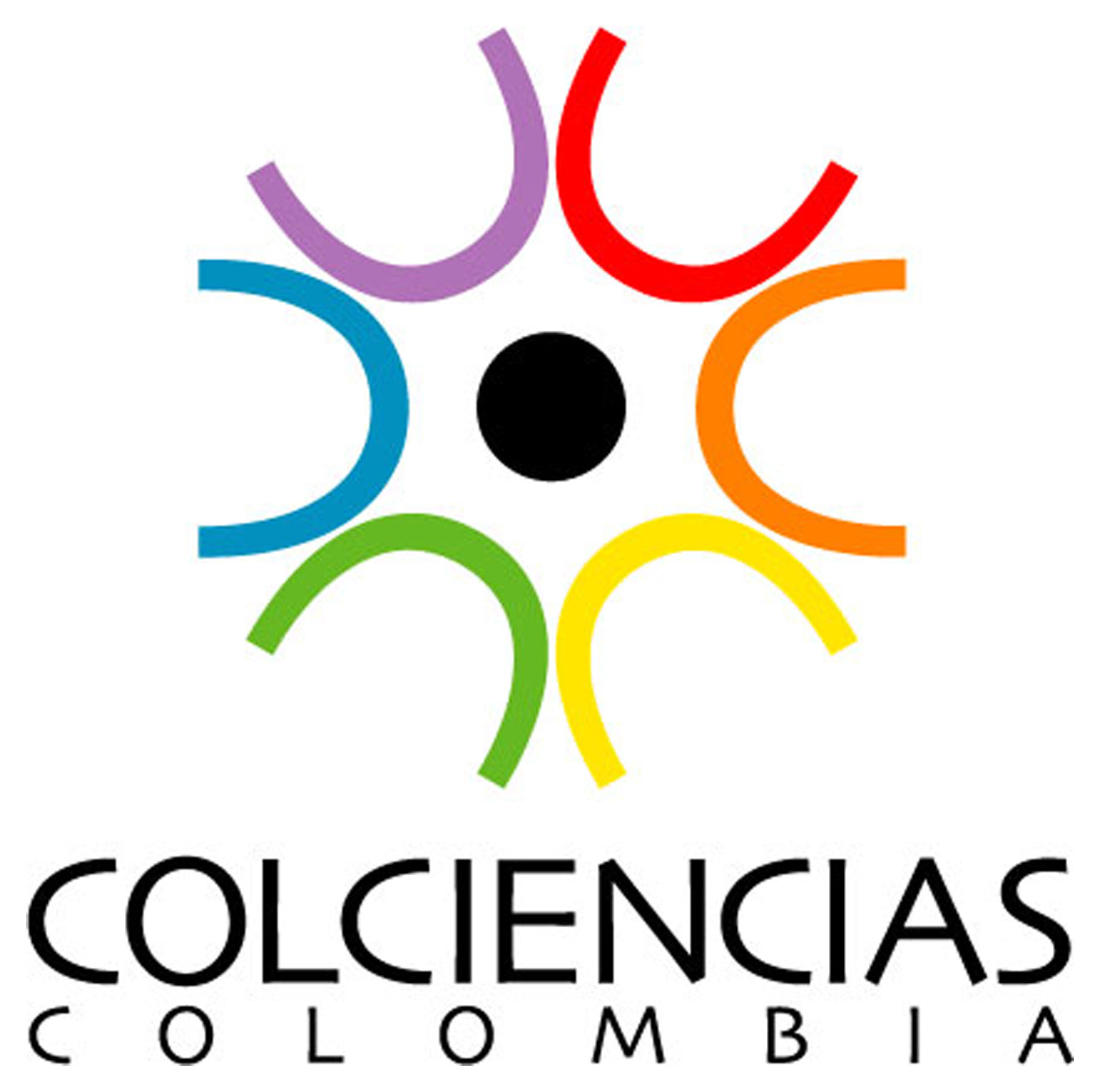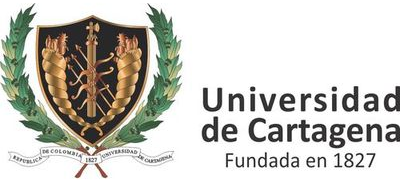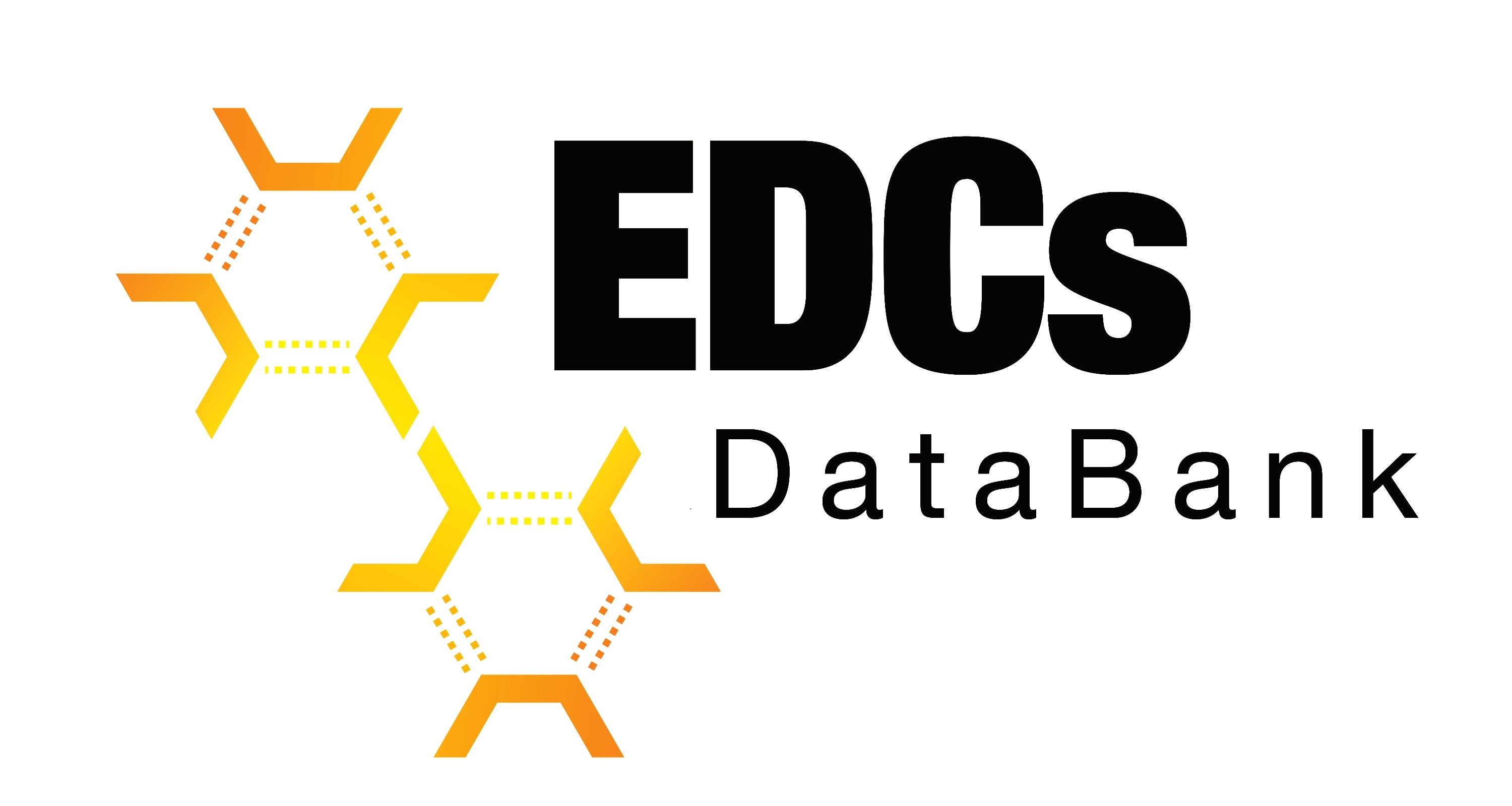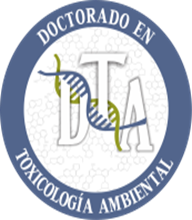EDCs DataBank
EDCs DataBank is a database of endocrine disrupting chemicals (EDCs) with three-dimensional structures available for virtual screening. EDCs are a diverse group of compounds that may affect the endocrine system and that have been epidemiologically associated with many adverse health effects in humans. This database was built on MySQL using the list of chemicals published in The EU list of potential endocrine disruptors and TEDXList with three-dimensional structures available on PubChem; as well as a wide variety of information from different databases and text mining tools such as PubMed and ToxNet; which made this database useful for almost any kind of research regarding EDCs. The web platform of EDCs DataBank was developed using HTML, CSS and PHP languages, which let the use of dynamic contents in a graphic environment .
Currently, EDCs DataBank (v.2019) has more than a thousand molecules, including flavonoids, pesticides, synthetic compounds and other low molecular weight xenobiotic compounds. The first version of EDCsDataBank (v.2015) contained six hundred fifteen structures. This database is fully searchable and the 3D-structures of the whole molecules stored on it can be downloaded all together or separately, in several formats. The aim of this project is to stimulate the use of computational toxicology approaches in the study of these widely distributed pollutants, which could help to the understanding of their mechanisms of action and the prediction of unknown potential negative health impacts. This database will have application in docking studies, high-throughput virtual screening and protein interaction analysis, among others.
People
EDCs DataBank Developer/Administrator
Ph.D. Program in Environmental Toxicology
University of Cartagena
Director of the Research Group
Ph.D. Program in Environmental Toxicology
University of Cartagena
Financial Support
The authors wish to thank the Administrative Department of Science, Technology and Innovation (COLCIENCIAS, Colombia) [Grants No. 811-2018 and No. 567-2012], University of Cartagena and the Research Center of Excellence (CENIVAM) for their financial support.





